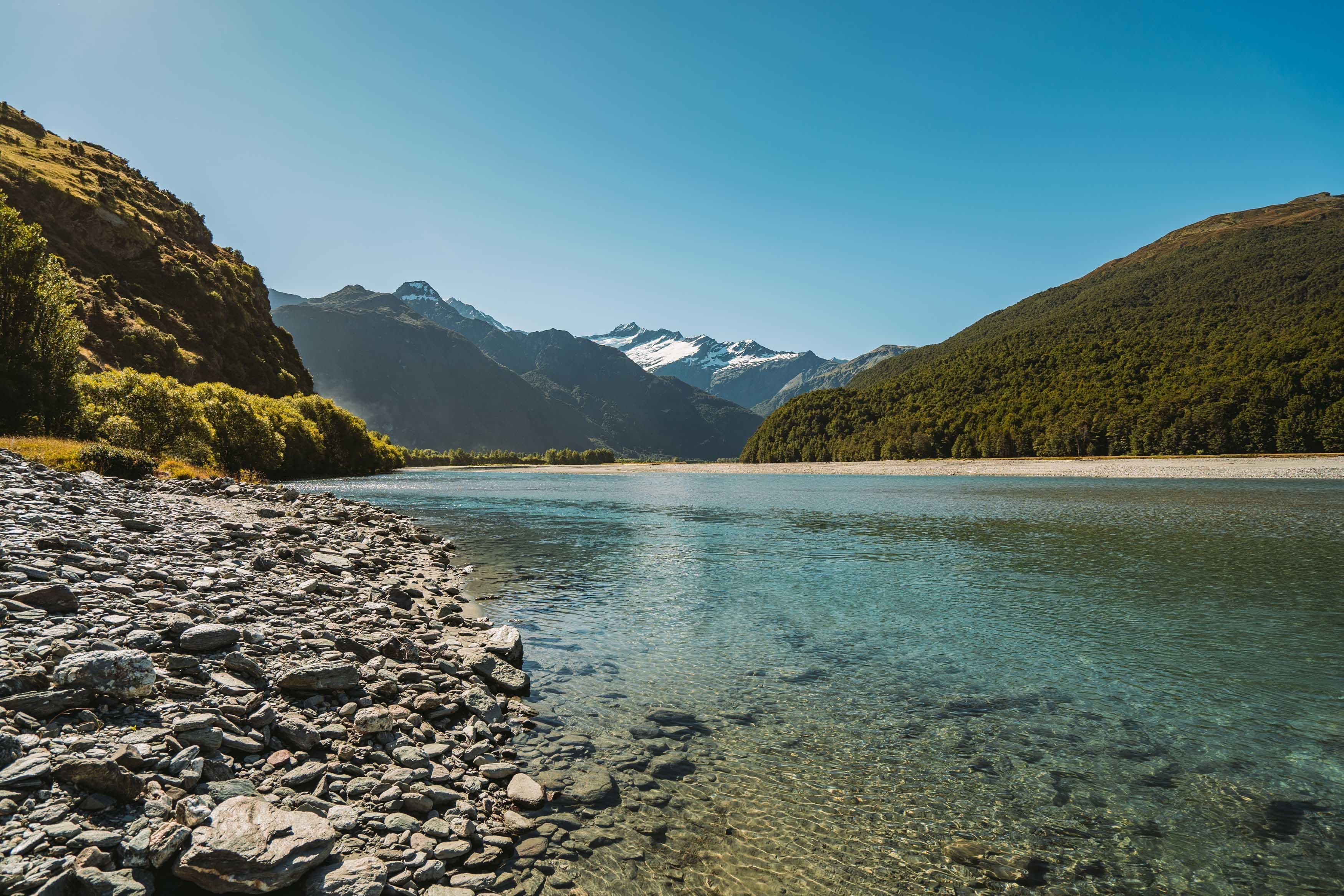

Sector state of play: Resource recovery and waste
Resource recovery and waste infrastructure is critical to our wellbeing, in removing and dealing with the waste we produce.
If managed well, resource recovery and waste infrastructure can also protect our environment by making sure waste materials don’t contaminate our land, water and air. However, problems with the sector can result in environmental problems, such as the leaching of hazardous substances into the ground from landfills.
Waste and resource recovery infrastructure sit within a wider system for managing waste. It includes the infrastructure for collecting, sorting, transporting and either recovering reusable materials from waste or disposing of it through landfill.
The data available shows that New Zealand’s rates of resource recovery – the recovering of waste for new uses – are low when compared to many other countries. However, there are gaps in the data publicly available at a national level. The data also shows that waste from construction makes up between 40 to 50% of all waste sent to landfill.
We lack the onshore processing infrastructure to deal with all our waste in ways that get greater value from it and reduce our reliance on landfills. However, there could also be potential for preventing certain materials from becoming waste in the first instance.
This research looks closely at the resource recovery and wastes sector in New Zealand. It describes the state of the sector, the issues it faces as well as those it needs to prepare for. This work is based on our own research, a survey of infrastructure owners as well as conversations with people within the sector.
Key findings
- Access to recycling varies across the country, and some parts of the country don’t have reasonable access to resource recovery infrastructure.
- Lack of data at a national level can make it hard to measure success and plan infrastructure.
- Changes to the types of waste that are created can undermine certainty in long-term investments or have the potential to make some infrastructure less useful.
- To get the best investment in waste and resource recovery infrastructure, there needs to be some stability in the competition for waste as well as the level of demand for the materials that can be recycled or recovered from waste.
- There is growing interest, both in New Zealand and overseas, in the potential for a circular economy where resources and materials are kept in use for as long as possible. This would have implications for investment in waste infrastructure.
- Climate change mitigation and the transition to net-zero by 2050. This will mean reducing the amount of waste that we produce especially organic waste (i.e. food waste) and having better infrastructure in place to capture and use biogenic methane from organic materials such as anaerobic digestion plants.
- Climate change adaptation creates risks for landfills that were built near waterways The role of electricity and other renewable energy sources will be important in decarbonising the transport sector and achieving our climate goals.
Sector state of play: Resource recovery and waste
Download